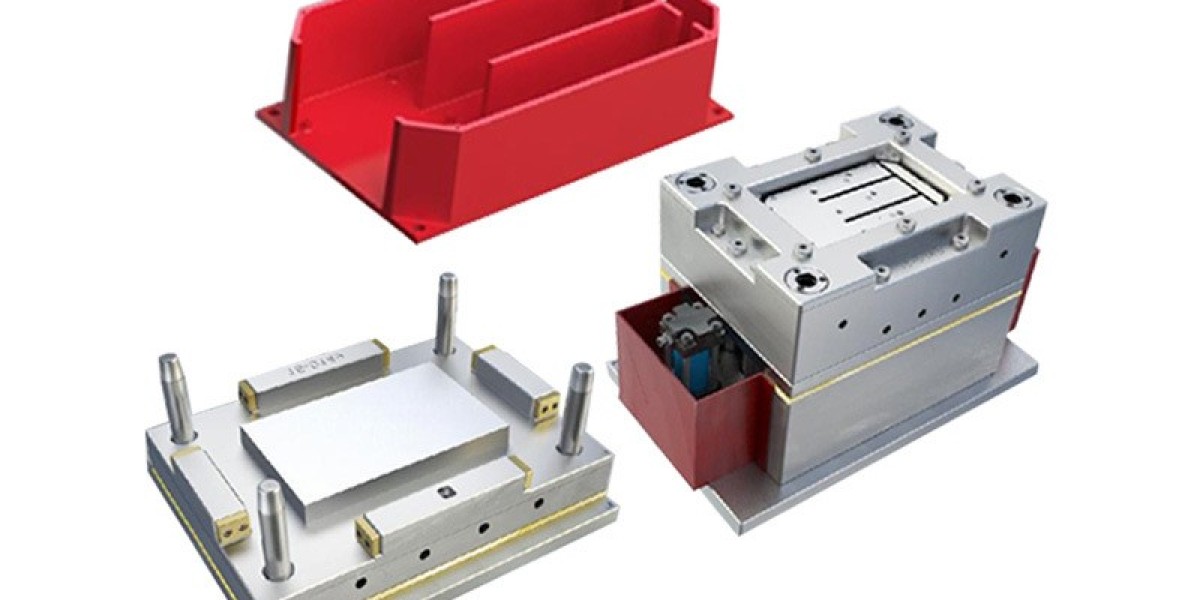BMC injection molding, also known as Bulk Molding Compound injection molding, is a specialized manufacturing process that utilizes a composite material consisting of a thermosetting resin, fillers, and reinforcements. This method is particularly favored for producing complex and high-strength parts with intricate geometries, which are often required in industries such as automotive, electrical, and construction.
The process begins with the preparation of the BMC, which is a pre-mixed, ready-to-mold compound. The compound is then fed into an injection molding machine, where it is heated and melted. The molten BMC is subsequently injected into a mold cavity with high pressure, filling the mold completely and conforming to its shape. Once the material has solidified within the mold, the mold is opened, and the finished part is ejected.
One of the key advantages of BMC injection molding is its ability to produce parts with excellent dimensional stability and mechanical properties. The process also allows for the creation of parts with multiple materials or colors in a single molding cycle, reducing the need for secondary operations. Moreover, BMC injection molding is known for its cost-effectiveness and efficiency, as it can produce high volumes of parts with minimal waste.
In summary, BMC injection molding is a versatile and efficient technique for manufacturing high-quality composite parts. Its applications are widespread, and it continues to be a preferred method for industries that demand precision, strength, and complexity in their products.










